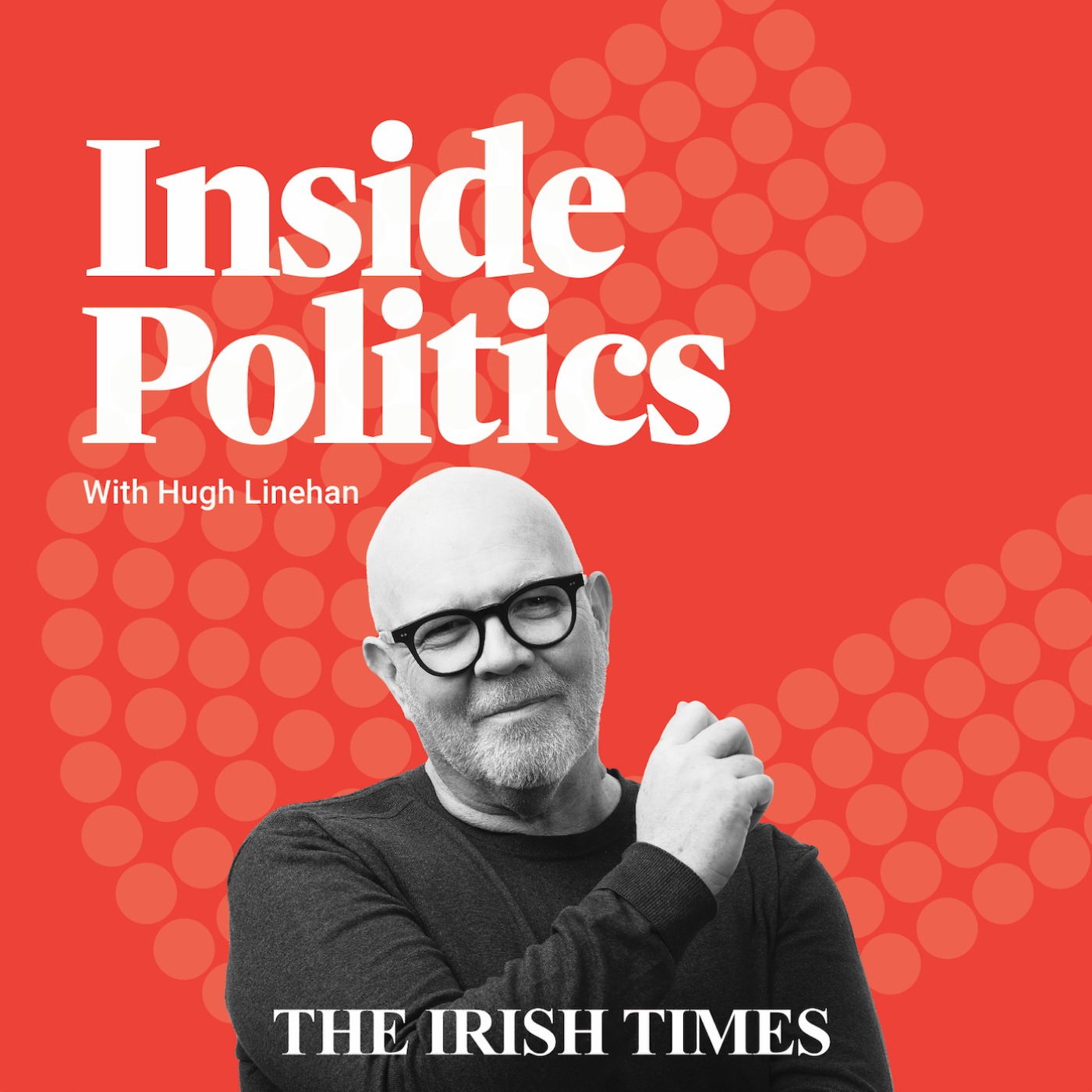Remember the old election maxim, “it’s the economy, stupid”. It was coined back in 1992 by James Carville, one of former US president Bill Clinton’s campaign strategists. It has become a sort of a talisman quote, a first principles guide to the everyman voter and his private polling booth considerations.
Carville had told his team to hammer home the importance of the economy at every opportunity. He even went so far as to hang a sign in campaign headquarters which read: “the economy, stupid”.
The objective was to oust White House incumbent George Bush senior. Despite starting the presidential race with a 90 per cent approval rating on the back of a successful military campaign against Iraq’s Saddam Hussein, Bush and his presidency had been overtaken by a surprise recession.
The US economy had gone into reverse on the back of several factors, including an oil price shock triggered by Iraq’s invasion of Kuwait and lower defence spending amid a Cold War detente.
The downturn wasn’t particularly severe – GDP (gross domestic product) fell by 1.5 per cent, unemployment rose to almost 7 per cent – but it was enough for Clinton to exploit. “It’s the economy, stupid” became the campaign mantra and Clinton’s victory elevated it to a sort of common-sense truism.
[ Five reasons support for Sinn Féin has slumped in the latest pollOpens in new window ]
How much it applies today is open to debate.
Current White House incumbent Joe Biden is presiding over stronger-than-expected US growth, near full employment and a massive public infrastructure and clean energy investment programme on a par, some maintain, with Roosevelt’s famed New Deal economic plan of the 1930s. But his poll and approval ratings are on the floor. His likely opponent in November’s election, Donald Trump, scores better with US voters on economic matters.
Ireland’s Fine Gael/Fianna Fáil-led Coalition could be said to be suffering from a similar malaise.
Despite presiding over a period of record-breaking job growth – more than 350,000 jobs were created between 2019 and 2023 – the biggest budget surplus (in percentage terms) in Europe; and a sequence of giveaway budgets, the two main Government parties have been trailing Sinn Féin in the polls.
The accepted narrative is that Sinn Féin’s high standing stems from an appeal to young and middle-ground voters who feel left behind in a booming economy or on the wrong side of the housing divide.
Exit polls at the last general election confirmed the primacy of housing and health over traditional delineators like tax, jobs and wider economic performance.
That said, the gap between Sinn Féin and the other two big parties, which had been as high as 16 points, has narrowed decisively in recent months, according to three recent opinion polls including the latest Irish Times/Ipsos poll.
Might it be that the Government’s poor poll ratings – even with the evident strength of the labour market – were anchored by the cost-of-living squeeze?
“Unless you are getting a better-paying job or a big pay increase – which isn’t the case for most consumers, the benefits of a strong jobs market aren’t as palpable as rapidly rising prices,” says economist Austin Hughes.
“Although household incomes have held up reasonably well in ‘real’ terms in the aggregate, this ignores the fact that the number of households has increased materially through the past couple of years, meaning that the average household is, on my rough estimates, around 5 per cent worse off,” he says.
“For a significant cohort of consumers, the experience of a drop in living standards caused by a continuing surge in living costs was a new and very painful phenomenon,” he says.

Sinn Féin poll slump: ‘tide not gone out for them just yet’
Perhaps Carville’s maxim still applies then. Cost-of-living issues have drowned out the Government’s performance in other areas. Now that it is easing, the gap between Government and Opposition is narrowing.
Sinn Féin’s own economic policies may also be coming into sharper focus as the election approaches.
The problem with this interpretation is that the polls don’t show support for Government parties rising in any meaningful way. The only significant change appears to be a drop-off in support for Sinn Féin.
Apart from Biden’s age and conspicuous frailty, the other big issue in the US is immigration, an issue that is now also convulsing Irish politics. Might Sinn Féin’s voter base be more vulnerable to a sudden shift in the public mood on immigration?
Party leader Mary Lou McDonald’s putting down a motion of no confidence in the Dáil in the Minister for Justice Helen McEntee and the Garda Commissioner Frew Harris in response to the Dublin riots was also viewed, in some quarters, as politicking.
But much of the legitimate concern about immigration circles back to strained public services and housing shortages – Sinn Féin’s traditional political furrow – and it’s hard not to think that that will figure highly in the election.
Many voters feel Ireland’s GDP-fuelled economy is an abstraction, divorced from their own circumstances. It must be galling to hear you’re living in the fastest-growing economy in Europe when your pay doesn’t allow you rent a basic home in the capital let alone qualify for a mortgage.
Voters have perhaps acclimatised to Ireland’s macroeconomic strength and now want better-quality public services or at least public services that befit our bulging GDP waistline. Maybe it’s the micro rather than the macroeconomy, stupid.
- Sign up for Business push alerts and have the best news, analysis and comment delivered directly to your phone
- Find The Irish Times on WhatsApp and stay up to date
- Our Inside Business podcast is published weekly – Find the latest episode here















